Bok Choy plants are heavy feeders. It needs rich soil with sufficient nitrogen, phosphorus, and potassium. Bok Choy prefers to be planted in soil that has been fertilized recently. The high nitrogen content of fertilizer increases the growth of leaves and the ability to fight diseases and tolerate inappropriate weather conditions. Let’s check out the best fertilizer for Bok Choy.
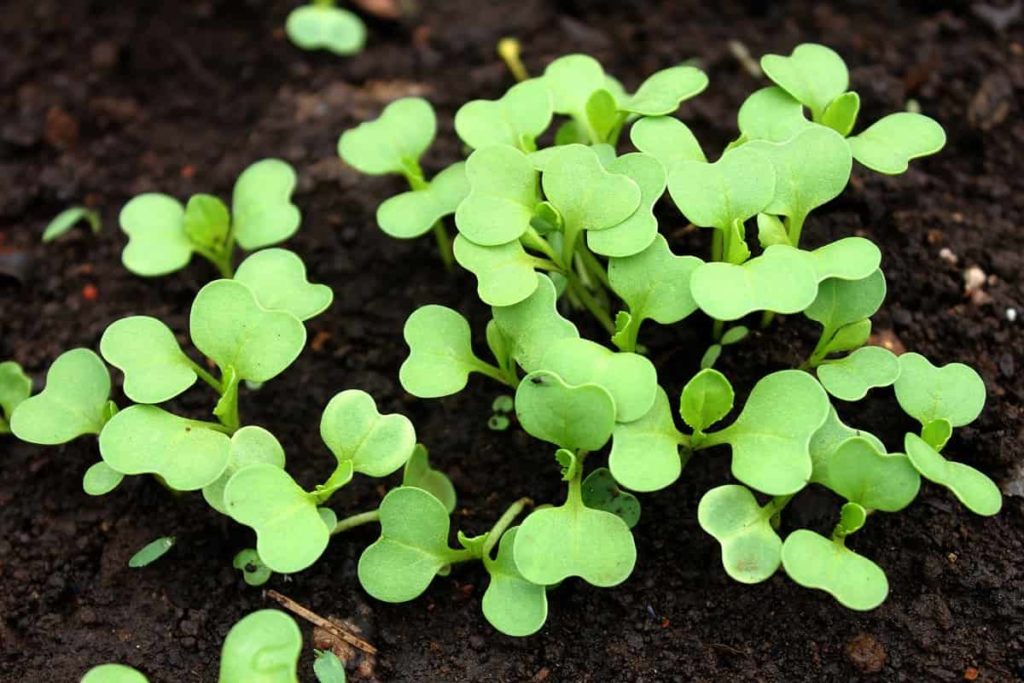
Phosphorus encourages flowers and this is the last thing you want to see over your green Bok Choy. Keep your garden well weeded so that weeds do not compete with nutrients like your plants. Deficiencies in Bok Choy can be difficult to identify, as more dramatic symptoms such as inter-veinal chlorosis, irritation, or bronzing are not common. The deficiencies are marked by stunted growth, cupping, and some yellow. If you see slow growth or yellow leaves, feed with high nitrogen liquid fertilizer after transplanting for happy, healthy plants.
Best fertilizer for Bok Choy
Homemade fertilizers for Bok Choy
You can use fertilizers like Neem cake, Pongamia cake, etc. These manures act as fertilizers and also repel insects.
Epsom salt
This is the reason why Epsom salt is good for plants; it provides two important elements that are part of plant feed. Epsom salt contains Magnesium and sulfur. They improve the leaves of the plants and they look lush after applying Epsom salt for the plants. It also makes the plant bushy.
Coffee grounds
Since it is acidic, coffee grounds also make good fertilizer for Bok Choy. It is particularly vulnerable to slugs and snails, can be preserved with a band of coffee grounds around each start. The advantage of using coffee grounds as fertilizer is that it adds organic material to the soil, which improves drainage, water retention in the soil.
In case you miss this: Growing Hydroponic Bok Choy – A Full Guide
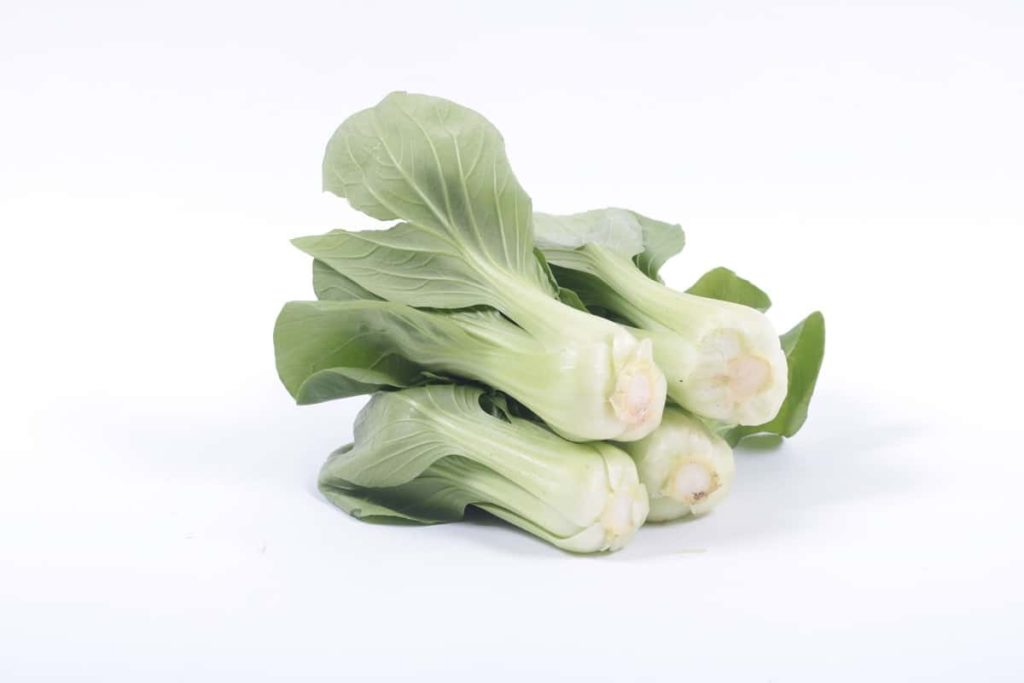
Organic fertilizers for Bok Choy
Blood and bone meal
Blood meal increases the level of nitrogen in the soil. Bone meal increases the level of calcium and phosphorus in the soil. Bone meal also includes small amounts of magnesium, iron, zinc, and other trace elements that plants need.
Kelp meal
You can fertilize Bok Choy with organic kelp fertilizer at the time of planting. Bok Choy plants benefit from fertilizing every two or three weeks. Try this simple fertilizer. Mix 4 cups alfalfa meal, 1/2 cup kelp meal, 1/2 cup garden lime, 1/2 cup bone meal. Stir the ingredients into a small bucket or lid container. Spread a tablespoon of fertilizer around the base of each plant and water it carefully. Save any leftover fertilizer in a sealed container or plastic bag.
Natural and liquid fertilizers for Bok Choy
To suppress weeds, add an organic, weed-free mulch such as 3 to 4 inches of straw or grass clippings. When using mulch, you should leave a gap of about 2 inches between the stem and mulch of the plant to avoid decay and disease. You can use fish emulsion, manure tea for better growth of Bok Choy.
Compost manure for Bok Choy
Bok Choy is a leafy vegetable and needs a good dose of nitrogen-rich manure for good healthy growth. A fertilizer for healthy green leaves with high nitrogen is recommended. You can also use chicken manure or horse manure. Both these fertilizers are a good source of nitrogen.
Chicken manure
It is better to add chicken manure in the form of fertilizer at the time of planting instead of throughout its growth.
In case you miss this: Growing Bok Choy, Planting, Care, and Harvesting
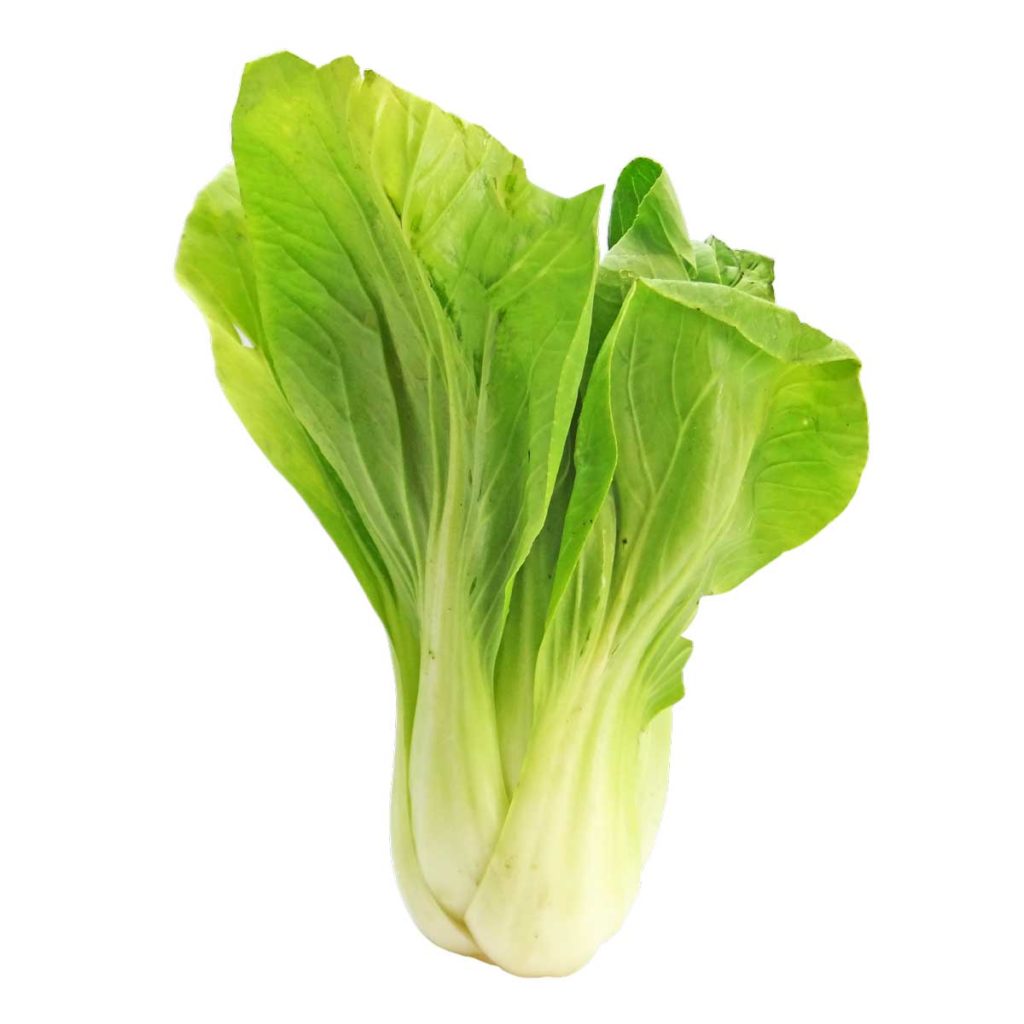
Well-rotten manure
It is better to check your soil before planting so that you can detect any nutrient deficiency that needs modification. Bok Choy thrives when well-rotten manure is mixed with your soil before planting or you can also use organic fertilizer, applying 1 cup every 10 feet. Do not use fresh manure for this crop as it can bring bacteria and never use weed fertilizer as it can kill plants.
Commercial fertilizers for Bok Choy
If you want to give your plants extra help, with some commercial fertilizers, what you should find is a balanced mix. When we talk about a balanced mixture, we mean that the three-digit fertilizer of the NPK is equal. The most widely used balanced mixture for Bok Choy crops is 14-14-14. It is a very common fertilizer so you will have no problem getting it from a nearby nursery.
If you have a large Bok Choy crop, the following dose of nutrients per hectare. Nitrogen 220 to 260 kg per hectare, phosphorus 70 to 90 kg per hectare, potassium 230 to 360 kg per hectare. It is better not to use only organic fertilizer or only commercial fertilizers. It is better to have a mixed fertilization plan, thus taking advantage of both types of fertilizers.
In case you miss this: How to Care Your Plants while You are on Vacation: Ideas, Tips, and Techniques
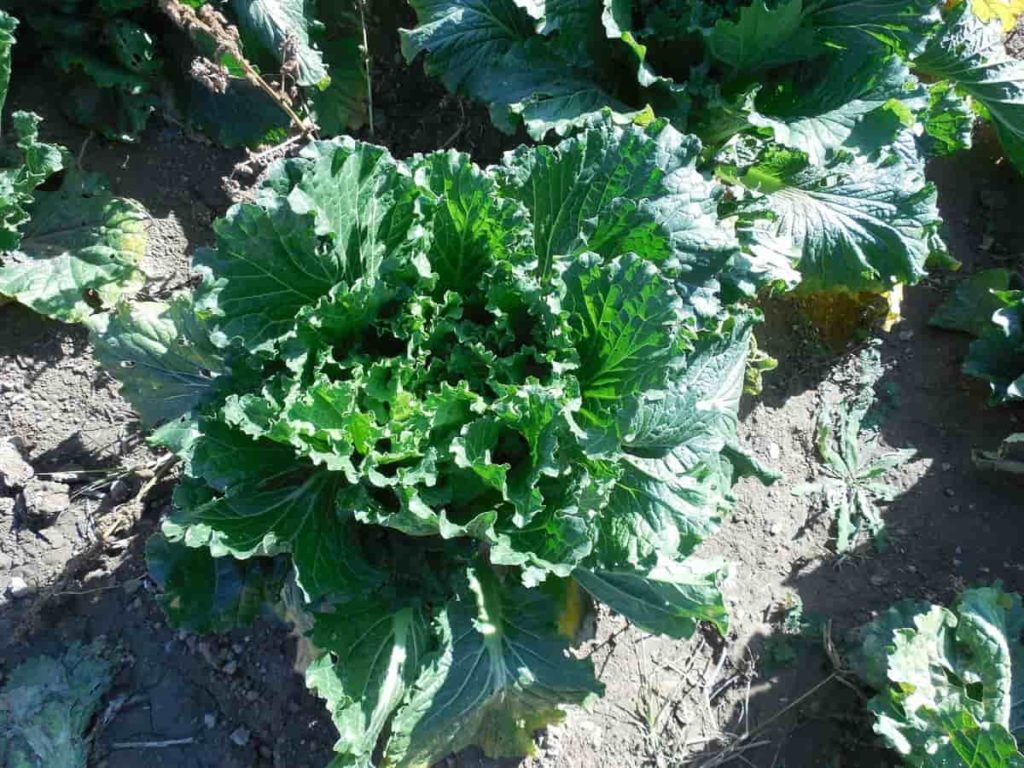
Bok Choy fertilizer schedule
Apply phosphorus and potassium to avoid phosphorus deficiency should be done before or on-time planting, which can occur during long cold wet weather. About half of nitrogen should be applied to the seed and the remaining part should be side-dressed after thinning. It is good to start by fertilizing the soil even before planting. You can take advantage of the moment when you are changing the soil to include some organic fertilizer.
Whether it is manure, fertilizer, or worm castings, make sure to mix it evenly with soil. As a reference dose to these organic fertilizers, you can make a 4/1 mixture of soil and compost. Even though this dose may vary depending on the characteristics of the soil. If it is very rich in organic matter, the dose may decrease (e.g., 5/1) and otherwise increase (3/1).
After sowing, you can allow the seedlings to be produced a few inches before another dose of fertilizer. The dose can vary depending on the fertilizer you bought. Better buy one in 14-14-14 mix granule format. Read the instructions carefully to see what the right dose is. The application should be regular every 15 days.
How to fertilize Bok Choy in pots
Fill the pot with a fresh, light potting mix that contains ingredients such as finely chopped bark, compost, or peat. Avoid regular garden soil, which does not drain well. Bok Choy does not tolerate soggy soil. Mix a small amount of dry, organic fertilizer in potting mix. The next step to growing the Bok Choy in containers is fertilization. The goal is clear so that Bok Choy can grow faster and completely. In this case, you can use NPK fertilizers.
In case you miss this: Best Fertilizer for Collard Greens: Homemade, Organic, NPK, Natural, Liquid, and Compost Manure
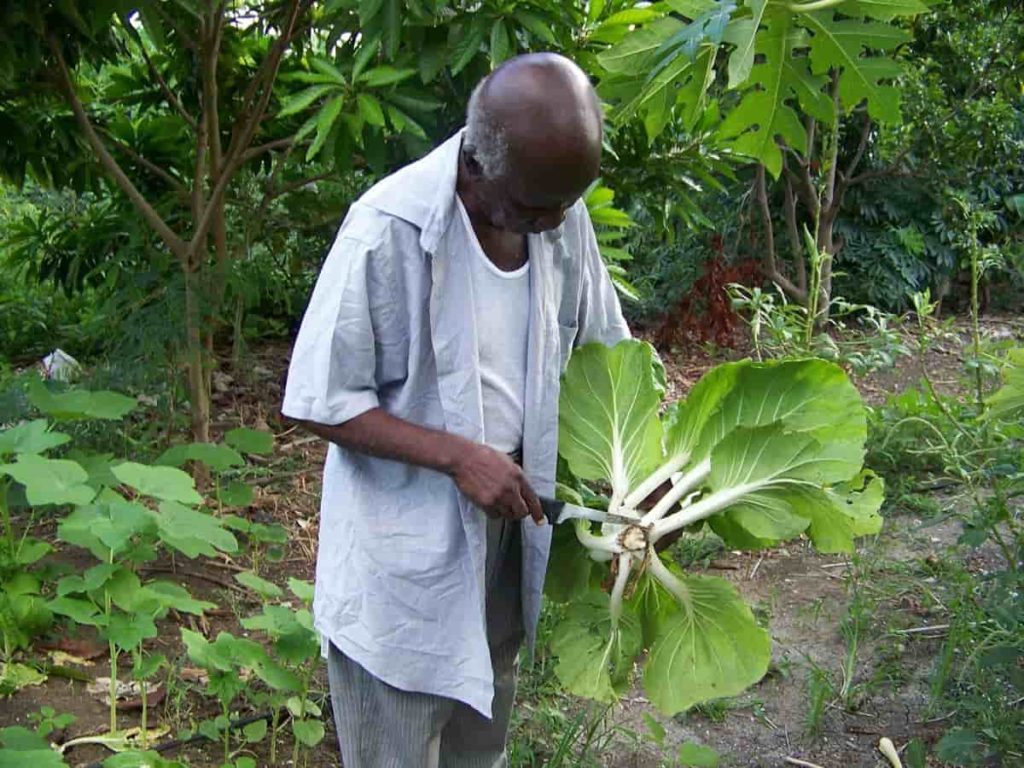
Every 5 or 7 days you should give NPK fertilizer. Then, use the leaking system for fertilization. The trick is to dissolve NPK fertilizer in water at a dose of 1 gram per liter. Apply nitrogen-rich fertilizer to promote vegetative growth. You can add balanced slow-release fertilizer at the time of transplant, it will provide a steady supply of nutrients at a slow rate. You can fertilize with fish emulation, compost, or manure tea after 10 days of transplant and when they complete half of their growth.
If you are not adding slow-release fertilizer, feed regularly with liquid fertilizer periodically. Fertilizing with a Leaky system is the best way. Because fertilizer has dissolved in water and is ready to be absorbed by plant roots. This will encourage the rapid development of Bok Choy. Only NPK fertilizer is enough until the Bok Choy is harvested. Because the planting medium already has fertilizer.
Frequently asked questions about fertilizers for Bok Choy (FAQ)
Why is my Bok Choy flowering?
You can feed Bok Choy plants with liquid fertilizer. Excessive or insufficient water can also cause Bok Choy bolting. Your soil should be drained thoroughly and your plants should get about one inch of water every week and the soil remain moist in the middle of the water. Plants are rarely effective one after the other as a way to prevent Bok Choy from bolting.
In case you miss this: How to Grow Indian Vegetables in USA: at Home, in Backyard, and Pots – A Step-by-step Guide
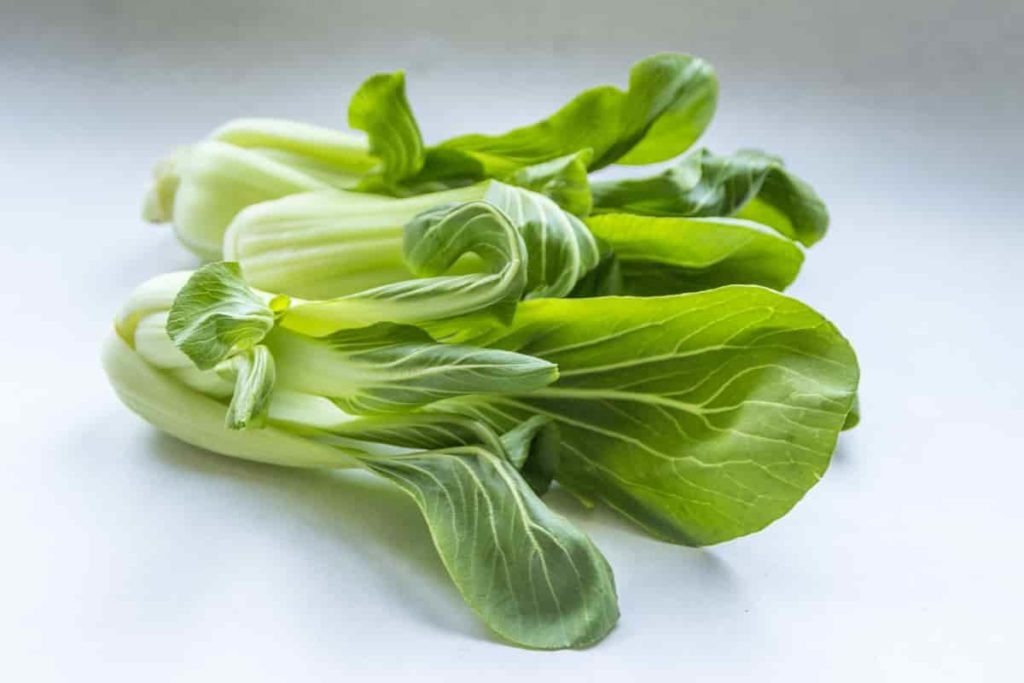
How and when to harvest Bok Choy?
You should stop fertilizing a few weeks before harvesting. Bok Choy, when it reaches 12 to 18 inches tall is ready to harvest. It doesn’t grow as cabbage does, rather its leaves and stalk grow close together similar to celery.
- Flower Garden Designs and Layouts for Beginners
- Planting and Spacing Techniques in Papaya: A Beginner’s Guide
- Growing Gold: Essential Techniques for Planting Pineapples
- How to Make Kalanchoe Plant Bushy: Home Remedies and Solutions
- 11 Reasons Why Your Gardenia is Not Blooming: Home Remedies and Solutions
- Eco Elegance: The Guide to Designing a Drought-Tolerant Landscape
- Gardening on a Slope: Strategies for Hillside Landscaping
- Nourish and Flourish: Top Organic Mulches for Thriving House Plants
- Everything You Want to Know about Indian Mogra Flower: Discover Uses and Growing
- Green Thumb Success: Expert Tips for Cultivating Greenhouse Pumpkins All Year Round
- Maximize Growth & Flavor: The Ultimate Guide to Companion Planting in Herb Gardens
- How to Control Rhododendron Problems Naturally: Home Remedies and Organic Ways to Fix Them
- Natural Magic: The Remarkable Benefits of Cinnamon for Plants
- Best Steps to Revive Dying Tulip with Natural and Organic Treatment
- 10 Reasons Why Your Angel Trumpet is Not Blooming: Remedies and Treatment
- How to Fix Periwinkle Leaf and Flower-Related Problems: Natural Remedies and Solutions
- How to Fix Zinnias Leaf and Flower Problems: Discover Natural and Home Remedies
- Organic Steps to Induce Lemon Tree Flowers: A Comprehensive Guide
- Bloom Booster: Crafting the Perfect Homemade Bougainvillea Fertilizer
- Optimizing Growth: A Guide to Applying NPK Fertilizer for Potted Plants
- 10 Best Homemade Fertilizers for Rubber Plant: DIY Recipes and Application Method
- How to Boost Female Pumpkin Flowers: Effective Steps for More Flowers and High Yields
- Transform Your Indoor Garden: Top Benefits of Pink Salt for Houseplants
- 10 Best Homemade Fertilizers for Peacock Plants (Calathea): Easy DIY Guide
- Unlock Blooms: 9 Reasons Why Your Potted Chrysanthemum is Not Blooming
- 8 Reasons Why Your Potted Hibiscus is Not Blooming: Fix it with Simple Solutions
- Unlock Blooms: 9 Key Reasons Your Potted Frangipani Won’t Flower
- 10 Reasons Why Is My Ice Plant Not Blooming: Remedies and Treatment
- 10 Reasons Why My Potted Hydrangea Not Blooming: Treatment and Remedies
- 10 Reasons Why is My Wisteria Not Blooming: Remedies and Treatment
- 10 Reasons Why is My Goldfish Plant Not Blooming: Remedies and Treatment
- Maximize Your Space: Ultimate Guide to Balcony Gardening with Grow Bags
- 10 Reasons Why Your Iris is Not Blooming: Remedies and Treatment
- 10 Reasons Why Your Anthurium Plant is Not Blooming: Treatment and Remedies
- 10 Reasons Why Your Aquaponic Plants Are Not Flowering: Remedies and Treatment
- 10 Reasons Why Your Agapanthus is Not Flowering: Remedies and Treatment